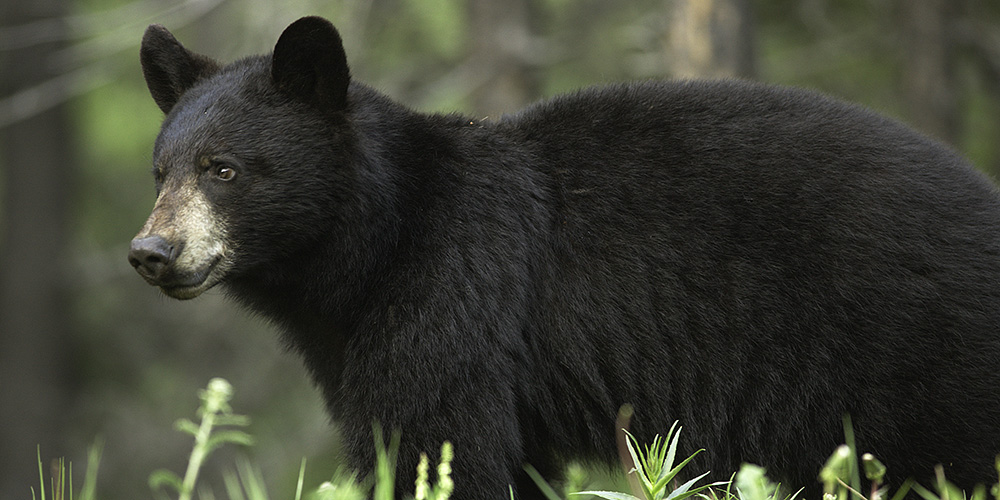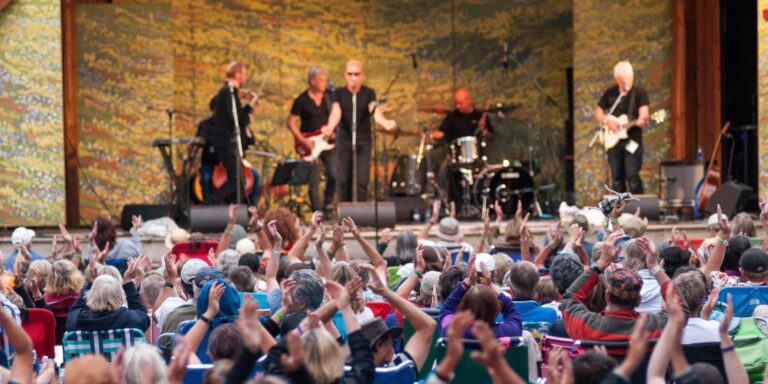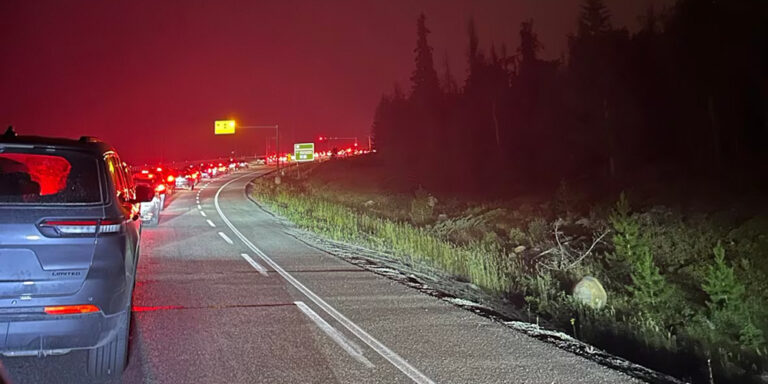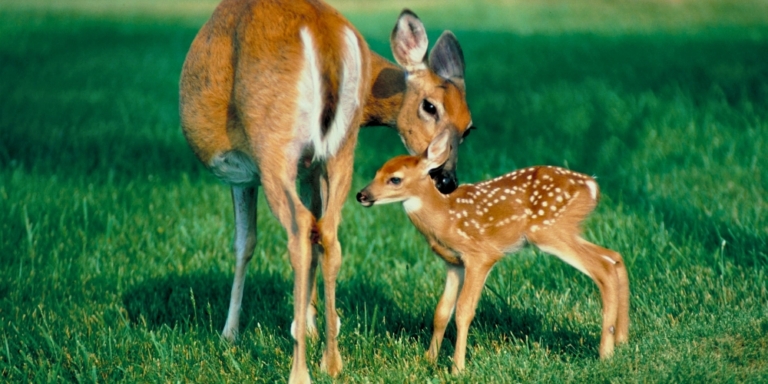Jasper has experienced a significant increase in bear incidents in 2023, with officials responding to over 350 encounters. That’s almost up to an average of one every day.
This surge represents more than triple the 95 incidents reported in 2021.
What’s causing this?
The primary attractants for the bears are non-native fruit trees and other food sources such as bird feeders and compost within the Jasper townsite.
The presence of bears in the urban area has raised safety concerns, particularly as some bears have been found near schools and playgrounds and have displayed aggressive behaviours like bluff-charging.
Dave Argument, Jasper National Park’s Resource Conservation Manager, has highlighted the urgency of the situation, noting that bears are becoming habituated to getting food in town and that it is getting harder and harder to scare them off.
The challenges of managing bear encounters are compounded by the bears’ return to the townsite after being hazed or relocated.
“Once bears overcome that hesitation of coming into town, when they learn this habit and develop that lifestyle, the attraction of this food source is overpowering,” Argument told CBC.
Relocation efforts have proven to be a temporary fix at best.
A relocated mother bear travelled hundreds of kilometres to return to Jasper without her cub, suggesting the stress and potential dangers associated with relocation.
Nine black bears have been relocated from the townsite this year. At least three of them have returned.
The Solution?
Argument emphasizes that the solution lies not in relocation but in addressing the root cause: the availability of food attractants in town.


The problem is not limited to Jasper; similar issues are occurring in Banff and Canmore as well.
The focus in all three towns is on removing attractants like fruit, trees, compost, and garbage to ensure the safety of the bears and the human population.
While Banff and Canmore have passed bylaws requiring the removal of all fruit trees in town, Jasper has yet to do the same.
Of the 900 non-native fruit trees in Jasper, about 200 have been removed by residents and Parks Canada.
But long-time Jasper resident Joe Urie said the current situation is not sustainable.
“What I don’t understand is the reluctance,” he said.
Argument agrees with Urie and warns that without action, the situation could worsen, potentially attracting grizzly bears, which have been less of a concern in the town. Most incidents have involved black bears, but numerous grizzlies live in the valley near town, and food attractants could bring in the bigger bears.
The increase in bear incidents in Jasper calls for immediate action to remove attractants and prevent bears from associating human settlements with food.
This proactive approach is essential for the well-being of wildlife and the community’s safety.






